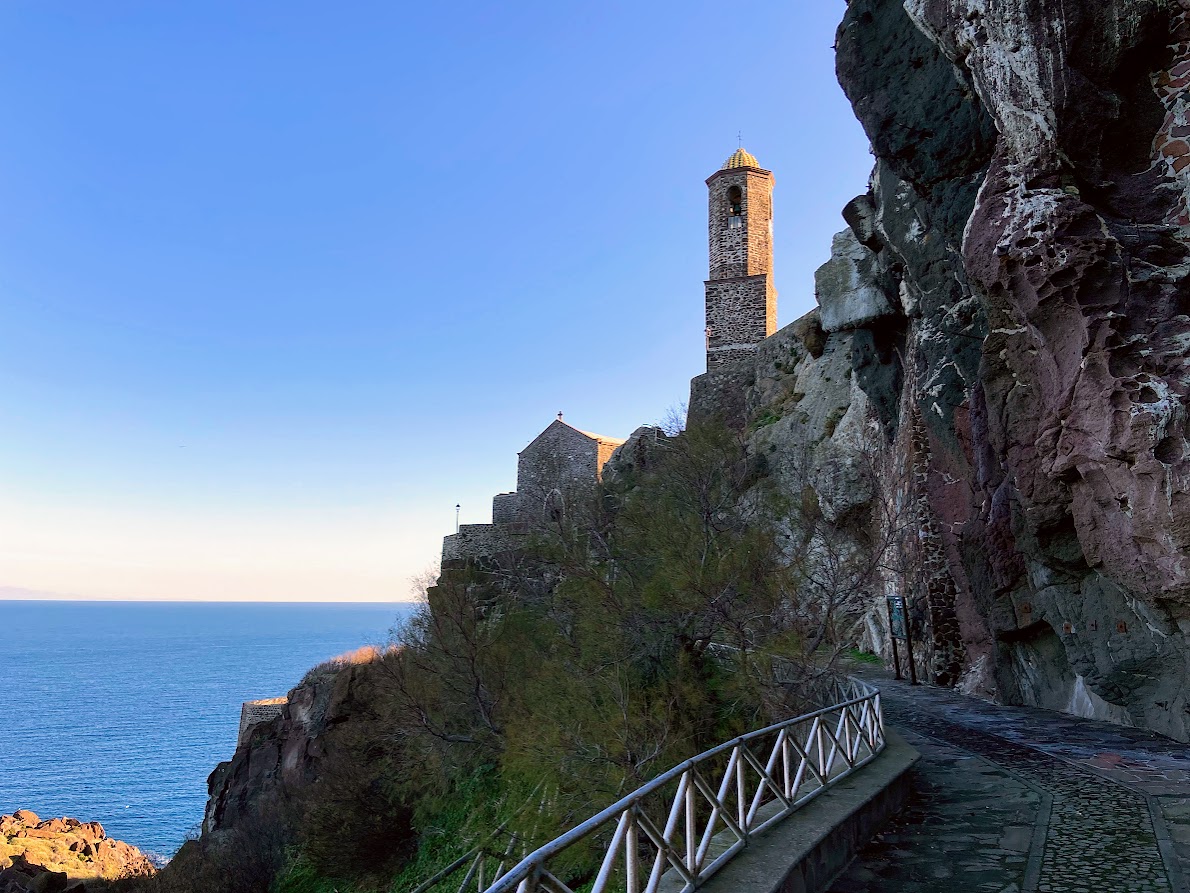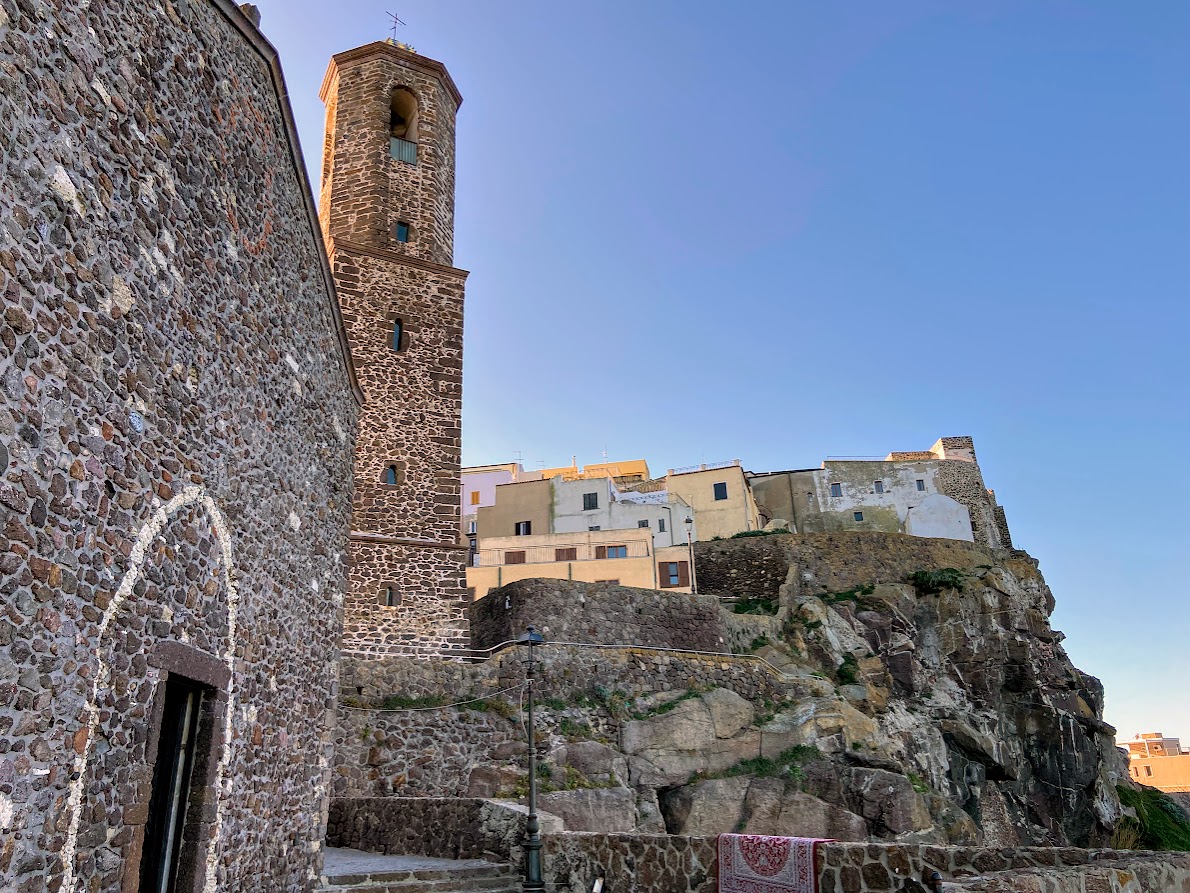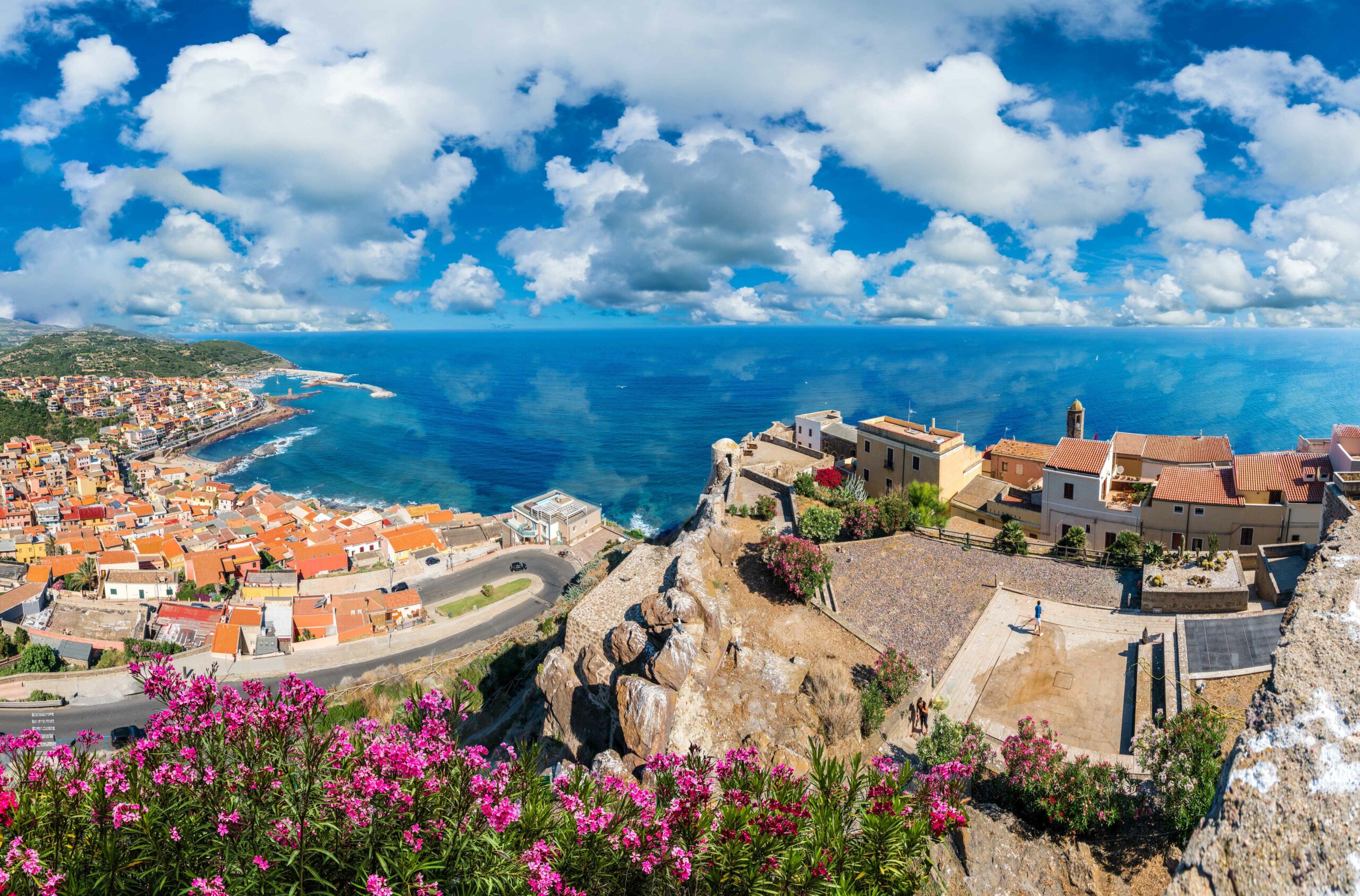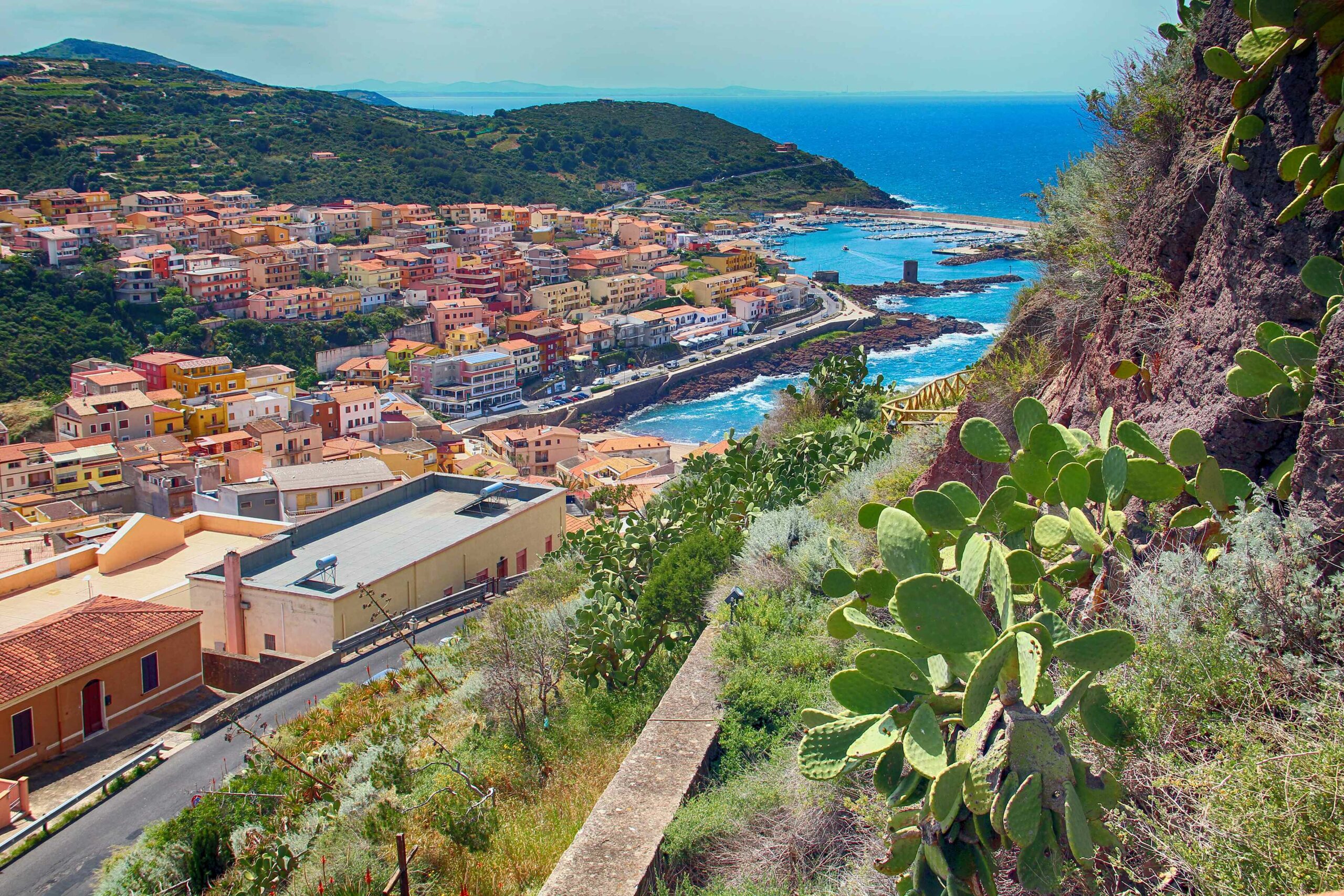
Castelsardo
One of the most iconic historic towns in Italy is located on a massive cliff above the sea on the north-western coast of Sardinia. The place is characterized by its rich history, ancient crafts and religious traditions. One of the hypotheses says that the ancient Roman port of Tibula, which formed the main connection between Sardinia and Corsica, originally stood here. In the Middle Ages, it was an impregnable centuries-old fortress, protected by massive walls and 17 towers. Remains of the city walls and a castle from the 12th century, built by the Doria family from Genoa, have been preserved – hence the original name of the city, Castel Genovese. Later, however, the town came under the rule of the Spanish, who gave it the name Castel Aragonese. Today’s name Castelsardo dates back to 1776. When visiting the religious and historical sites, you cannot miss the church of Santa Maria delle Grazie, the Benedictine monastery, the bishopric, the palazzo La Loggia, which has served as the town hall since 1111, and the palace of Eleonora d’Arborea. Castelsardo is a member of the association of the most beautiful villages in Italy. The castle is newly reconstructed and the city walls offer a beautiful view of the local stone houses, the harbor and the sea. When the weather is good, you can see the shores of Corsica to the east and the island of Asinara to the west. Inside the castle, there is a permanent exhibition of ancient fishing traps, boats, baskets and other products, made mainly from dwarf palm. In the steep medieval streets stands the cathedral of San Antonio Abate with its colorful mosaic Aragonese bell tower. In the higher parts of the historic center stands the church of Santa Maria delle Grazie, where one of the oldest crosses on the island, called the Black Christ and dating from the 13th century, is kept. It is right from here that the famous Lunissanti procession leaves on Easter Monday, ending its ten-kilometer journey in the nearby village of Tergu, in the Basilica of Nostra Signora di Tergu. Also don’t miss the Prucissioni on Holy Thursday and Lu Lcravamento on Good Friday. The most characteristic events of the city take place during Holy Week (Easter). The saint patron of the city is St. Anthony, and his celebrations fall on January 17. You can also visit the impressive Museo dell’Intreccio Mediterraneo (Dwarf Palm Weaving Museum), one of the most visited museums in all of Sardinia, where you can learn about the original techniques and crafts of the island. Castelsardo is famous, among other things, for its excellent restaurants serving mainly seafood dishes. You can often find a link to them in the Michelin Guides. In the center you will find several large shops with souvenirs, tourists mainly buy typical baskets and other items made from dwarf palm leaves, cork products, hand-decorated knives, porcelain, ceramics, red coral jewelry, but also excellent Sardinian cheeses, sausages, honey, sweets, wines or liqueurs. This part of coast is mainly made up of high red cliffs, but below the castle you will also find a small sandy beach – Marina di Castelsardo. In nearby Lu Bagnu there are relatively shallow beaches protected by cliffs, covered with greenery and where you can often come across sea urchins. The sandy shore boasts crystal clear water and the bottom is strewn with flat stones. In addition to cultural traditions, there are also interesting archaeological sites and natural monuments: Nuraghe Su Paddaju, pre-nuragic megalithic walls on Mount Ossoni, or one of the most famous Domus de Janas (ancient tombs) placed in the Roccia dell’Elefante rock, which strikingly resembles an elephant. In spring, or conversely in autumn, windsurfing and sailing lovers should not miss the beach Punta La Capra.






